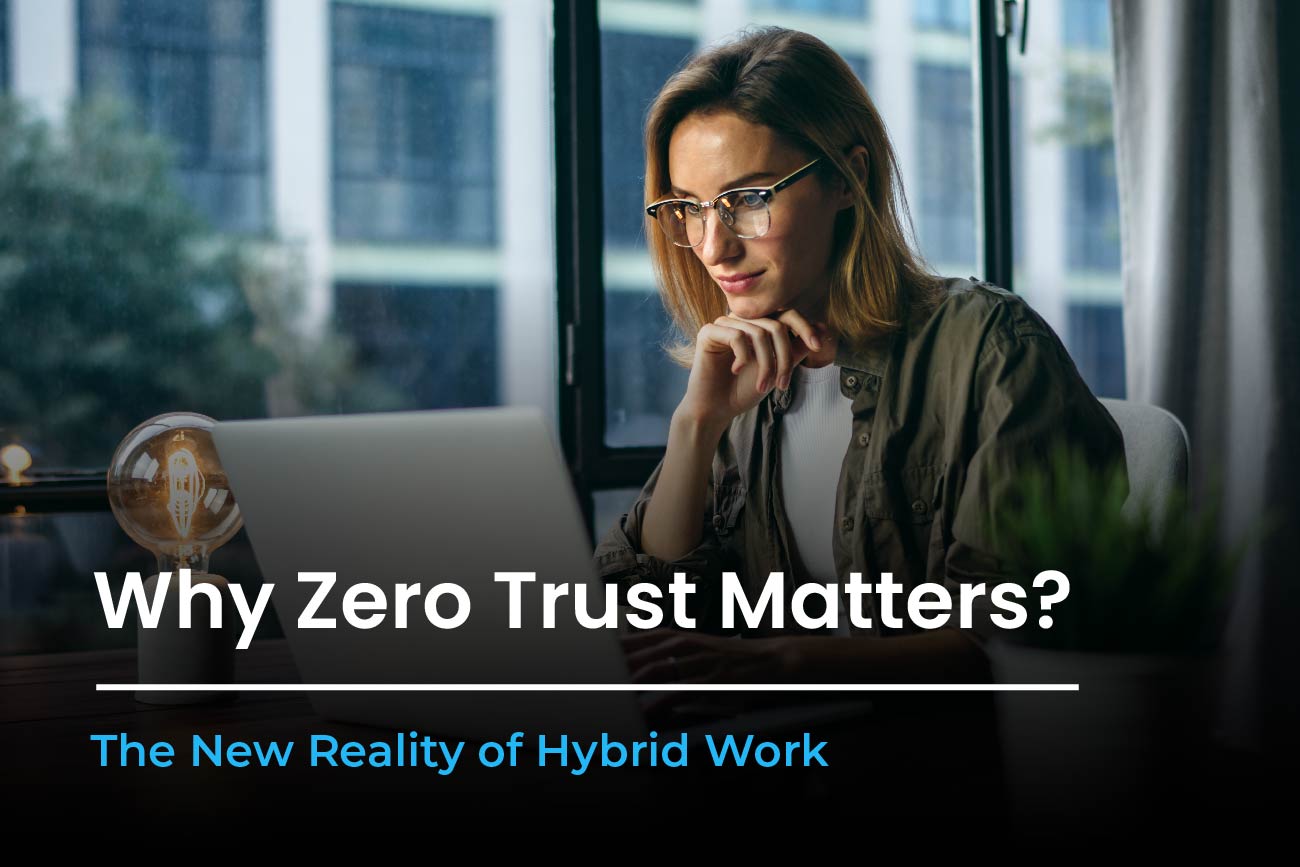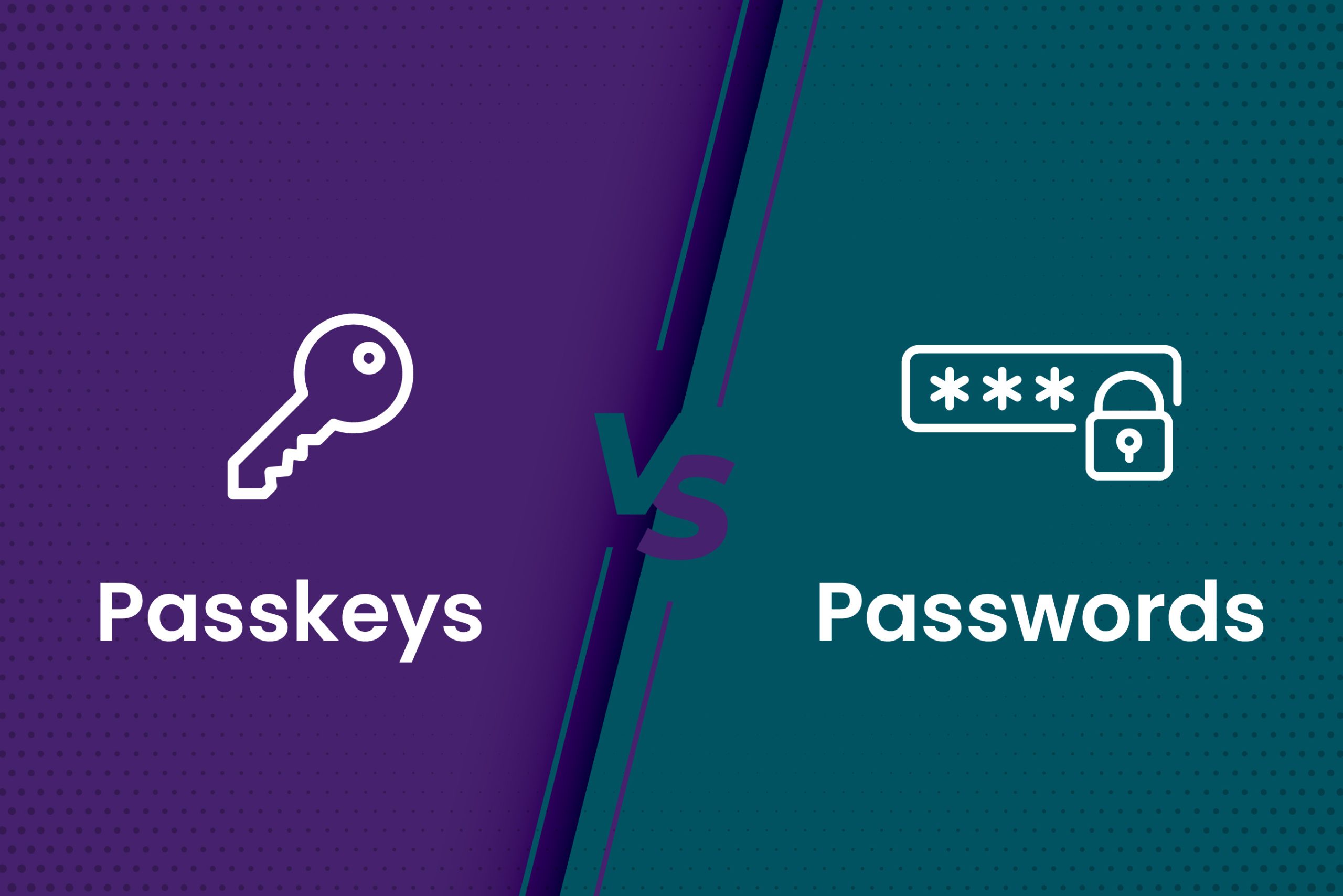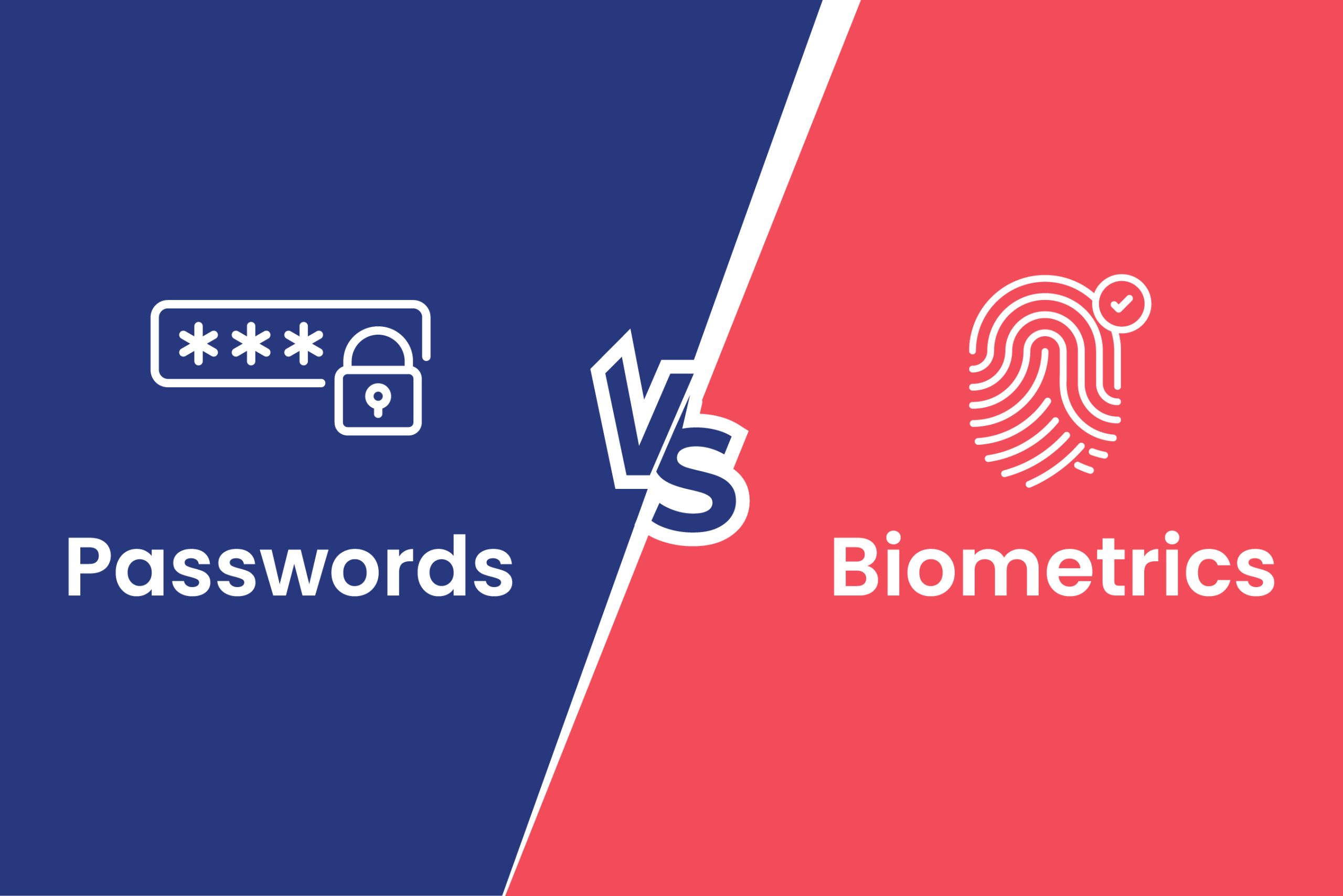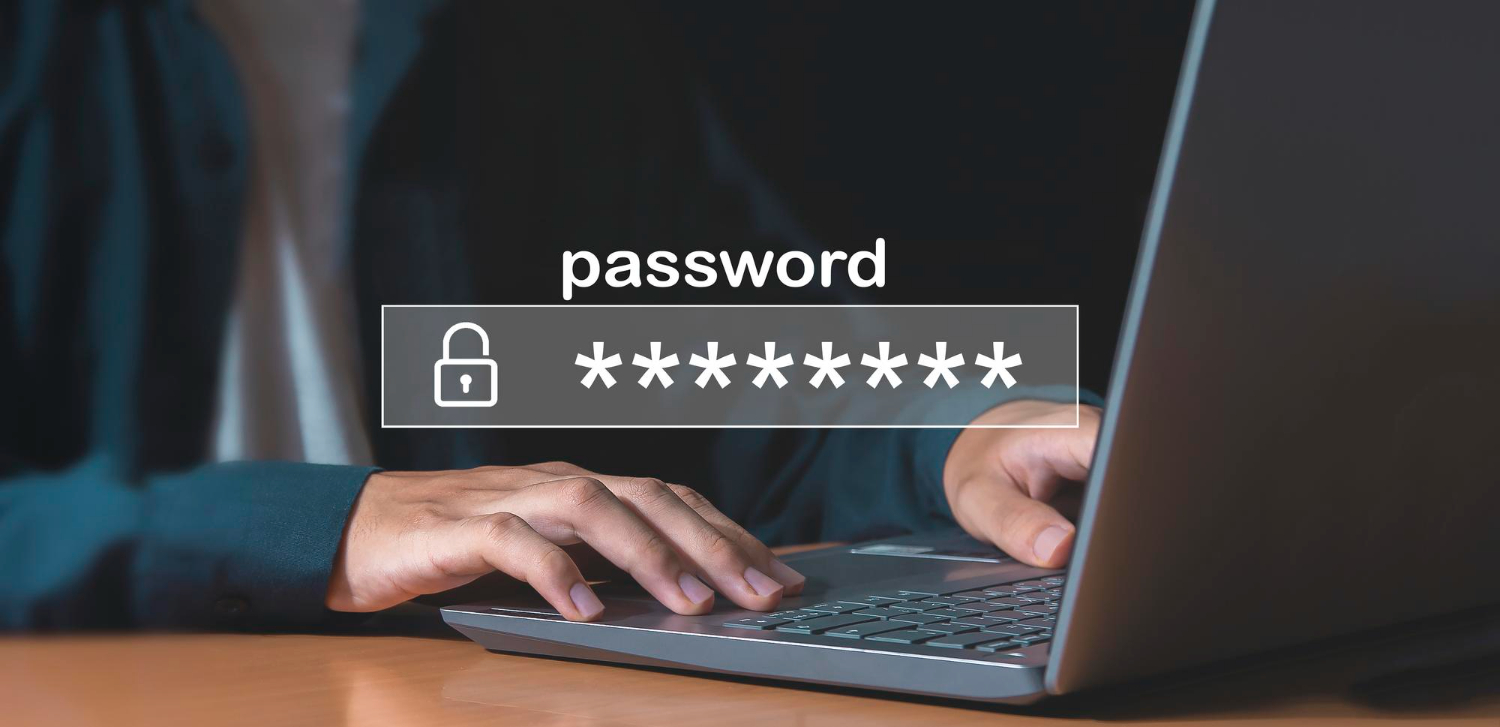The New Reality of Hybrid Work
In our conversations with IT leaders, one statement surfaces repeatedly: “Our old perimeter defenses no longer work in today’s hybrid world.” And they’re absolutely right. With employees logging in from everywhere—coffee shops, living rooms, or traditional office spaces—the attack surface has expanded exponentially.
Hybrid work isn’t just a trend; it’s the new norm. According to recent research, over a quarter of full-time employees now work in hybrid environments, blending in-office and remote workdays. The benefits are clear: hybrid workers can save an average of $51 per day by eliminating commutes, dining out, and other costs.
Organizations, too, are seeing gains. 90% of CEOs claim adopting a hybrid work model has reduced business costs, from office maintenance to employee turnover.
However, with these benefits comes an unquestioned truth: trust is not an option. As organizations embrace flexible working patterns, Zero Trust must be implemented as a core framework for securing their people, devices, and data.
The Weak Link in a Perimeter-less World
Small business owners often say, “We’re not a big target; why would anyone come after us?” The reality? Cybercriminals don’t discriminate. They target vulnerabilities, not just large organizations.
Many organizations still rely on legacy security measures like VPNs and endpoint detection, assuming they are sufficient for protecting a remote or hybrid workforce. However, these measures fall short against modern threats. For instance, phishing attacks continue to be one of the most common and effective methods for attackers to exploit weak or stolen credentials, often granting unauthorized access to sensitive cloud environments.
The underlying issue? These approaches rely on implicit trust within the network, assuming that users who pass the initial authentication can move freely. This outdated mindset leaves organizations vulnerable, especially in hybrid work setups where the perimeter is no longer clearly defined.
What Is Zero Trust? More Than Just a Buzzword
We often describe Zero Trust to clients as a philosophy, not a product. It’s about one simple principle: never trust, always verify.
This framework assumes that every access request is a potential threat, whether it’s coming from within or outside the organization. It requires continuous validation of identity, device health, and contextual signals before granting access.
This mindset change is critical in a world where work happens everywhere. Organizations are progressively shifting away from traditional perimeter-based security solutions. Instead, they are implementing approaches in which every user and device is constantly verified, ensuring that no implicit trust exists, independent of location or access point.
Why Zero Trust is Vital for Hybrid Work
1. Addressing Insider Threats
Hybrid work blurs the distinction between personal and professional situations, raising the possibility of insider threats, whether deliberate or unintentional. Zero Trust assures that even internal users do not have full access.
2. Securing Bring Your Own Device (BYOD)
The transition to hybrid work has considerably increased reliance on personal devices for professional duties, resulting in new vulnerabilities. Zero Trust enables organizations to safeguard BYOD settings by continuously assessing each device’s security status before allowing access. This guarantees that only compliant and trustworthy devices have access to business resources.
3. Protecting Cloud-First Workplaces
With employees accessing SaaS tools and cloud platforms, traditional network controls fall short. Zero Trust ensures that cloud environments are protected by implementing granular access policies.
4. Enhancing Remote Access
“We need to make remote access seamless but not reckless.” With Zero Trust, organizations can adopt frictionless authentication mechanisms like passwordless logins and adaptive MFA, balancing security and user experience.
The Role of Passwordless Authentication in Zero Trust
Passwordless authentication plays a critical role in Zero Trust. It eliminates one of the most exploited vulnerabilities: weak or stolen passwords.
At AuthX, we’ve seen organizations enhance their Zero Trust strategies by adopting solutions like:
- Passkeys: Cryptographic keys that enable secure, password-free logins by validating user identity without exposing sensitive credentials.
- Badge Tap & Go: Quick and secure access designed for shared workstations, ensuring seamless transitions in dynamic environments.
- Mobile Push: Context-aware authentication via smartphones, providing an extra layer of security with minimal friction.
- Biometrics: Advanced authentication using facial recognition or fingerprint scans, offering highly secure and user-friendly access to systems and applications.
These methods not only bolster security but also improve the end-user experience—a win-win in the hybrid work era.
Practical Steps to Begin Your Zero Trust Journey
If you’re ready to future-proof your security strategy, here’s where to start:
- Audit Your Current Environment: Identify assets, users, and devices that need protection.
- Implement Identity-Centric Security: Start with strong authentication methods, such as MFA and passwordless solutions.
- Adopt Micro-Segmentation: Restrict lateral movement within your network by isolating sensitive data.
- Invest in Continuous Monitoring: Use tools to examine activity and detect anomalies in real time.
Conclusion: Securing the future of work
The hybrid approach to work has altered how we think about productivity, collaboration, and security. As organizations embrace this flexibility, Zero Trust must become the foundation of their cybersecurity strategy.
The transition may appear overwhelming, but the benefits—stronger security, reduced risk, and a more seamless user experience—are well worth it. As we move forward, one thing is clear: trust has no place in modern security.
Let us work together to achieve Zero Trust.















